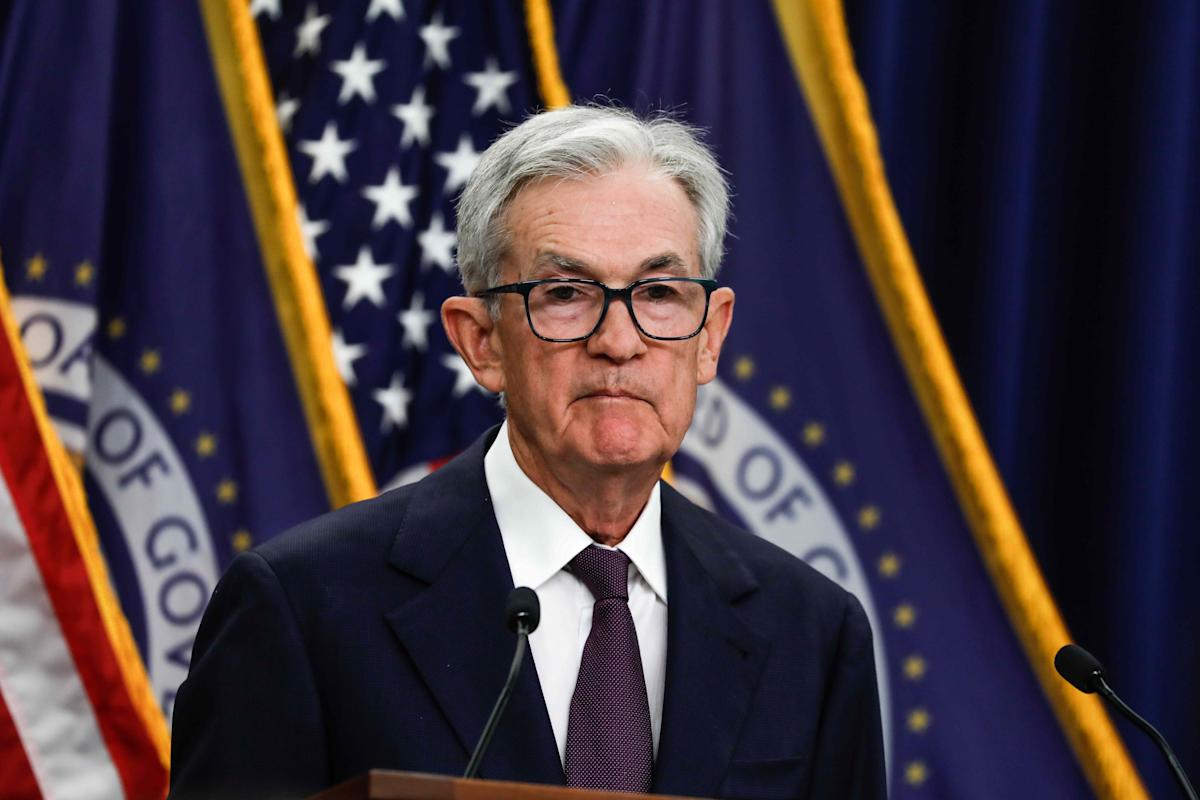The Fed Cut Interest Rates Wednesday, But the Path Ahead Is Much Less Clear
Yasin Ozturk / Anadolu / Getty Images
Federal Reserve Chair Jerome Powell speaks at a news conference on September 17, 2025
Markets fastidiously try to gauge what the Federal Reserve will do with interest rates, but central bank officials’ projections released Wednesday show even they aren’t sure what’s coming next.
Fed officials agree on the economic outlook—moderate growth, stable unemployment, and slowing inflation—and the general need to lower rates. However, they are split on how aggressive those rate cuts should be, with some foreseeing a need for more cuts than others.
“Policymakers continue to disagree fervently on the merits of further easing, setting the stage for knife-edge votes at the final two meetings of this year,” Samuel Tombs, chief U.S. economist at Pantheon Macroeconomics, wrote in a note to clients.
When asked about the sharply differing views, Fed Chair Jerome Powell told reporters it was “understandable and natural in the current situation” and that it was “not incredibly obvious what to do.”
The Fed is being pulled in different directions. The job market has weakened recently, suggesting the Fed should stimulate the economy by cutting rates. Inflation remains elevated, however, and cutting rates too much could keep prices higher. The effects of tariffs also remain a big question mark.
“Forecasting is very difficult, even in placid times,” Powell said, adding that it’s unlikely any economist has “great confidence in their forecast right now.”
He framed Wednesday’s action as a “risk management cut,” underlining the Fed’s view that it’s putting a greater focus toward the risk of unemployment rising.
Fed officials’ projections, however, are still instructive and suggest a split on how they’re viewing those dueling risks.
The headline for markets was that two more 25-basis-point rate cuts are coming this year—presumably one each at the Fed’s next meetings in October and December.
That, however, is based on the median projection from the 19-member Federal Open Market Committee, where two clear camps are forming.
The slightly bigger one won the day, tilting the median Fed view toward two cuts this year. Nine officials support that action, while one would back an even more aggressive cut that would slash rates to just below 3%. That is presumably the Fed’s newest governor, Stephen Miran, who had been a top White House economic adviser until his confirmation to the Fed this week.
But the hawkish camp is almost as big, with nine officials signaling more restraint. Two Fed officials indicated they’d support one more cut, but six would prefer the Fed keep rates as-is after Wednesday’s cut. One other member seemingly disagreed on the need to cut rates on Wednesday.


